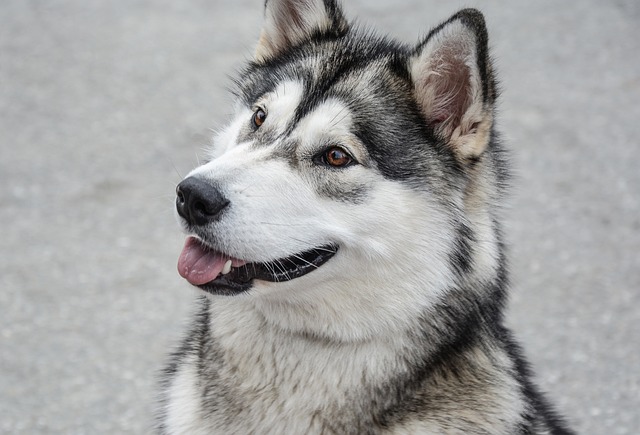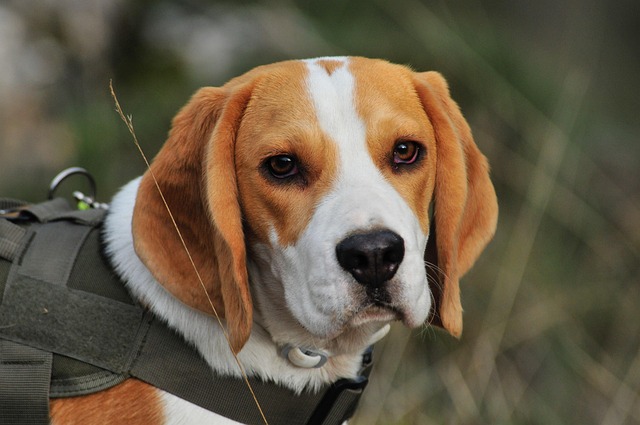The scene is every new dog owner’s nightmare: you’re on your usual evening stroll when a loud truck backfires. Instead of just startling, your dog whirls around, snarling and snapping at your hands or legs. It’s over in seconds, leaving you shaken, confused, and heartbroken, asking a terrifying question: why does my dog attack me on walks? First, take a deep breath. This behavior, while alarming, is rarely a true "attack" born of malice. It’s typically a panicked, reflexive reaction called redirected frustration or fear, where your dog, overwhelmed by a trigger it can’t reach, lashes out at the nearest thing—which is often you, the handler holding the leash.
To understand this, we need to see the world from your dog’s perspective. That truck, another dog, or a strange noise triggers a massive surge of adrenaline—the "fight or flight" response. But the leash eliminates the "flight" option. Trapped and overflowing with stress, with the real trigger out of reach, that explosive energy has to go somewhere. You become the accidental target. This is a sign of a dog who is profoundly over threshold and unable to cope, not a dog who is trying to dominate you. Recognizing this distinction is the first and most critical step toward a solution. Punishing this fear-based reaction will only deepen your dog’s anxiety and worsen the problem.
Your action plan must focus on prevention and building confidence. The immediate strategy is management. If you know what triggers your dog (e.g., joggers, other dogs), become a master of scanning your environment. Create distance before they react—cross the street, change direction. Your walks may need to be in quieter areas for a while. Arm yourself with ultra-high-value treats like real chicken or cheese. The goal is to keep your dog under their reaction threshold. When they see a trigger from a safe distance and don’t react, mark that with a “Yes!” and reward heavily. You’re teaching them to look to you for guidance and rewards when scary things appear. For any behavior this severe, your very first step must be a vet check to rule out pain, which can drastically lower a dog’s tolerance for stress.

This commitment to understanding and compassion is the bedrock of responsible dog ownership and is deeply intertwined with your legal and social duties. While you’re working on this serious behavioral issue, your dog’s safety and public safety are your highest priorities. This means ensuring their rabies vaccination and city license are securely attached to their collar—this is a non-negotiable legal requirement and is absolutely critical should an incident ever occur. Furthermore, your approach to management is a direct extension of community etiquette. Choosing quieter routes and times for walks minimizes risk and is a considerate practice for your neighbors. And through it all, the fundamental obligation to immediately clean up after your dog with a bag remains a steadfast rule, a simple act that reinforces your role as a conscientious citizen even as you navigate this challenge.
Understanding why your dog redirects their fear onto you is a journey toward building a safer, stronger partnership. It’s about becoming their calm, confident leader who protects them from overwhelming situations. By choosing management over confrontation, seeking professional guidance, and upholding your community responsibilities, you’re not just stopping the behavior—you’re helping your frightened dog feel secure in a world full of triggers, ultimately restoring trust on both ends of the leash.






